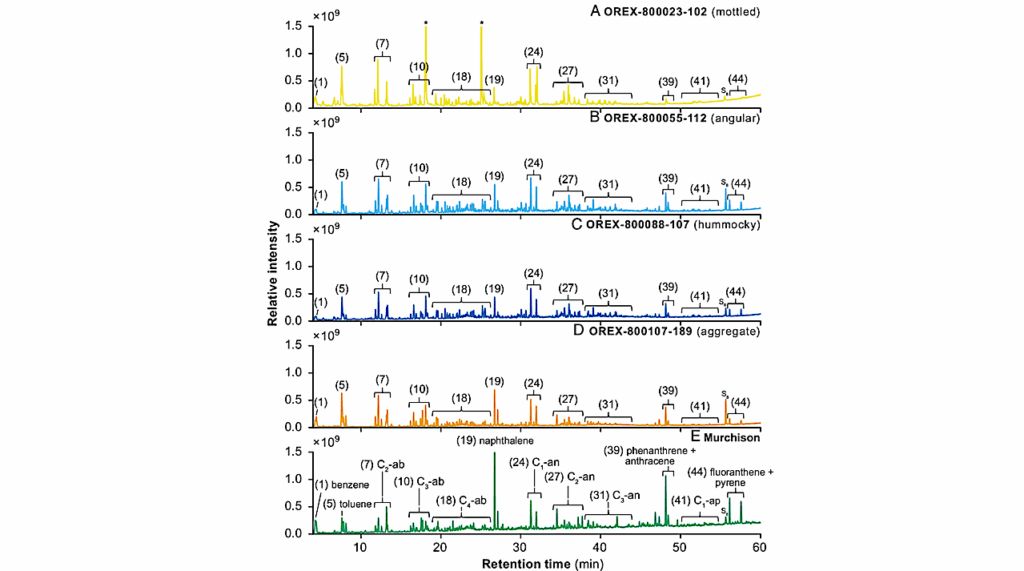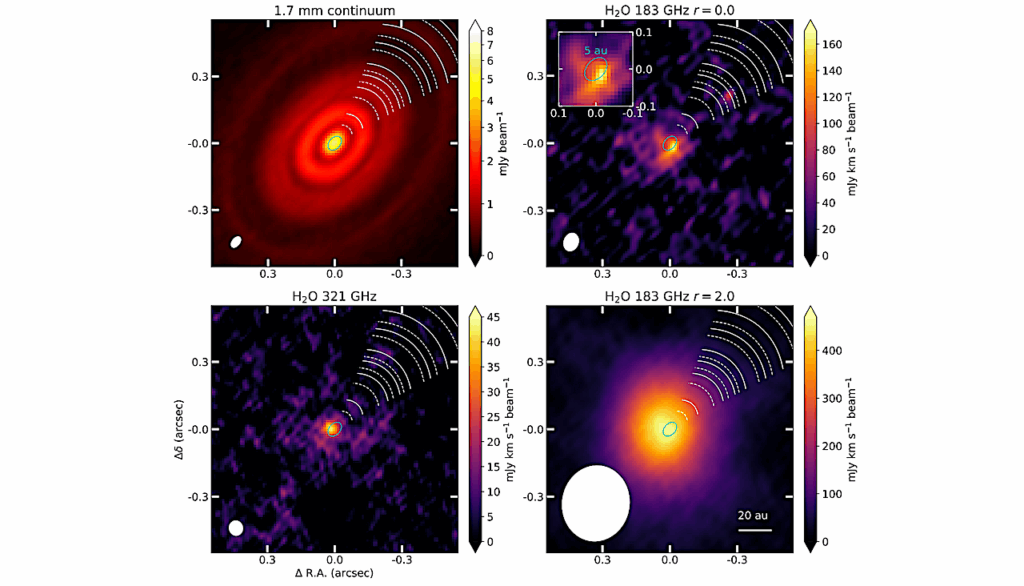How External Photoevaporation Changes The Inner Disc’s Chemical Composition

Stars mostly form in clusters where neighboring stars can influence proto-planetary disc evolution. Besides gravitational interactions, external photoevaporation can shape these discs. Depending on the strength of photoevaporation, discs can be destroyed within 1-2 Myrs or more gradually.
We use the chemcomp code, incorporating a viscous disc evolution model with pebble drift and evaporation, to calculate the chemical composition of protoplanetary discs. This code is extended to include external photoevaporation based on the FRIED grid. Initially, the disc evolves purely viscously, with the inner disc’s C/O ratio decreasing due to inward drifting and evaporating water ice pebbles.
Over time, the C/O ratio increases as water vapor accretes onto the star and carbon-rich gas migrates inward. Once external photoevaporation starts, the outer disc disperses, but the inner disc’s chemical evolution follows that of a purely viscous disc, as most pebbles have already drifted inward within 1 Myr. At low viscosity, the inner disc’s C/O ratio remains sub-solar until dispersion by photoevaporation.
At high viscosity, the C/O ratio can reach super-solar values, due to faster accretion of water vapor and inward migration of carbon-rich gas, provided the disc survives a few Myrs. In both cases, there is no significant difference in the inner disc’s chemical composition compared to a purely viscous model due to the rapid inward drift of pebbles. Our model predicts that inner disc chemistry should be similar for discs subject to external photoevaporation and isolated discs, consistent with JWST observations.
Nelson Ndugu, Bertram Bitsch, Lienert Julia Lena
Comments: 15 pages, 7 figures, accepted for publication in Astronomy and Astrophysics Journal
Subjects: Earth and Planetary Astrophysics (astro-ph.EP)
Cite as: arXiv:2409.07596 [astro-ph.EP] (or arXiv:2409.07596v1 [astro-ph.EP] for this version)
https://doi.org/10.48550/arXiv.2409.07596
Focus to learn more
Submission history
From: Nelson Ndugu
[v1] Wed, 11 Sep 2024 20:10:01 UTC (1,143 KB)
https://arxiv.org/abs/2409.07596
Astrobiology,








